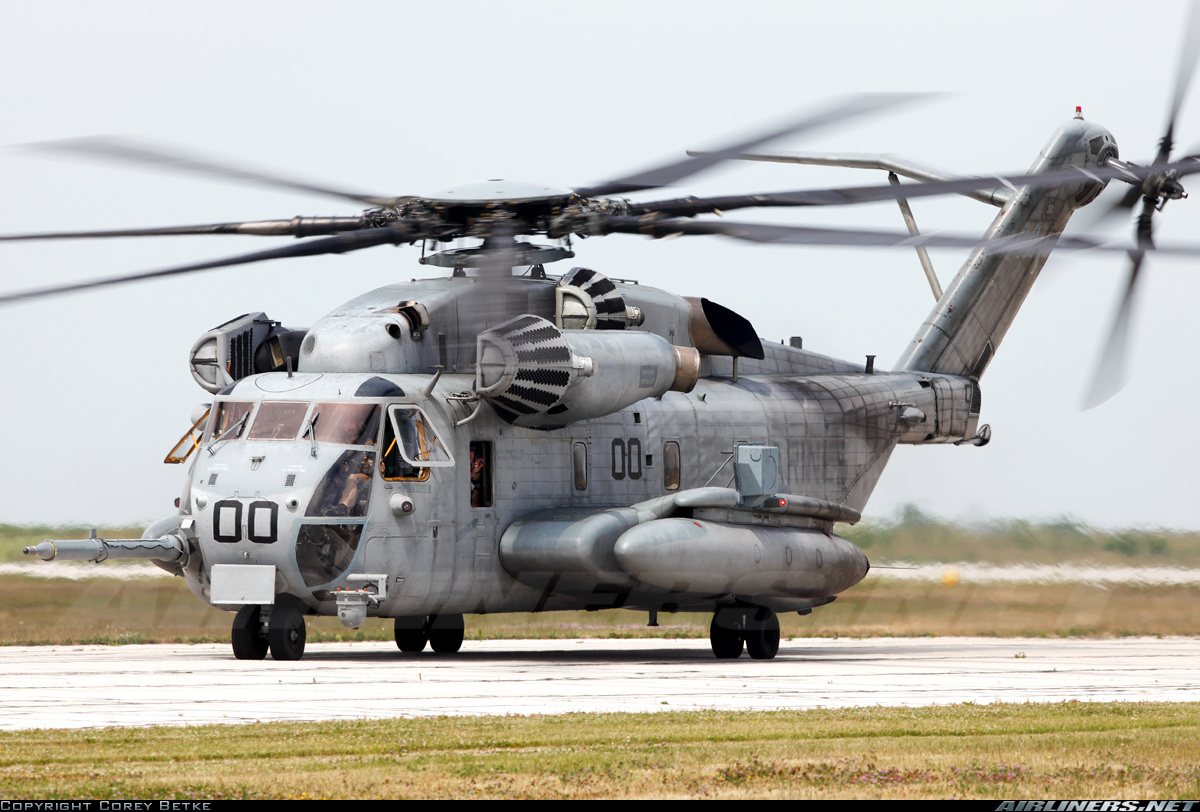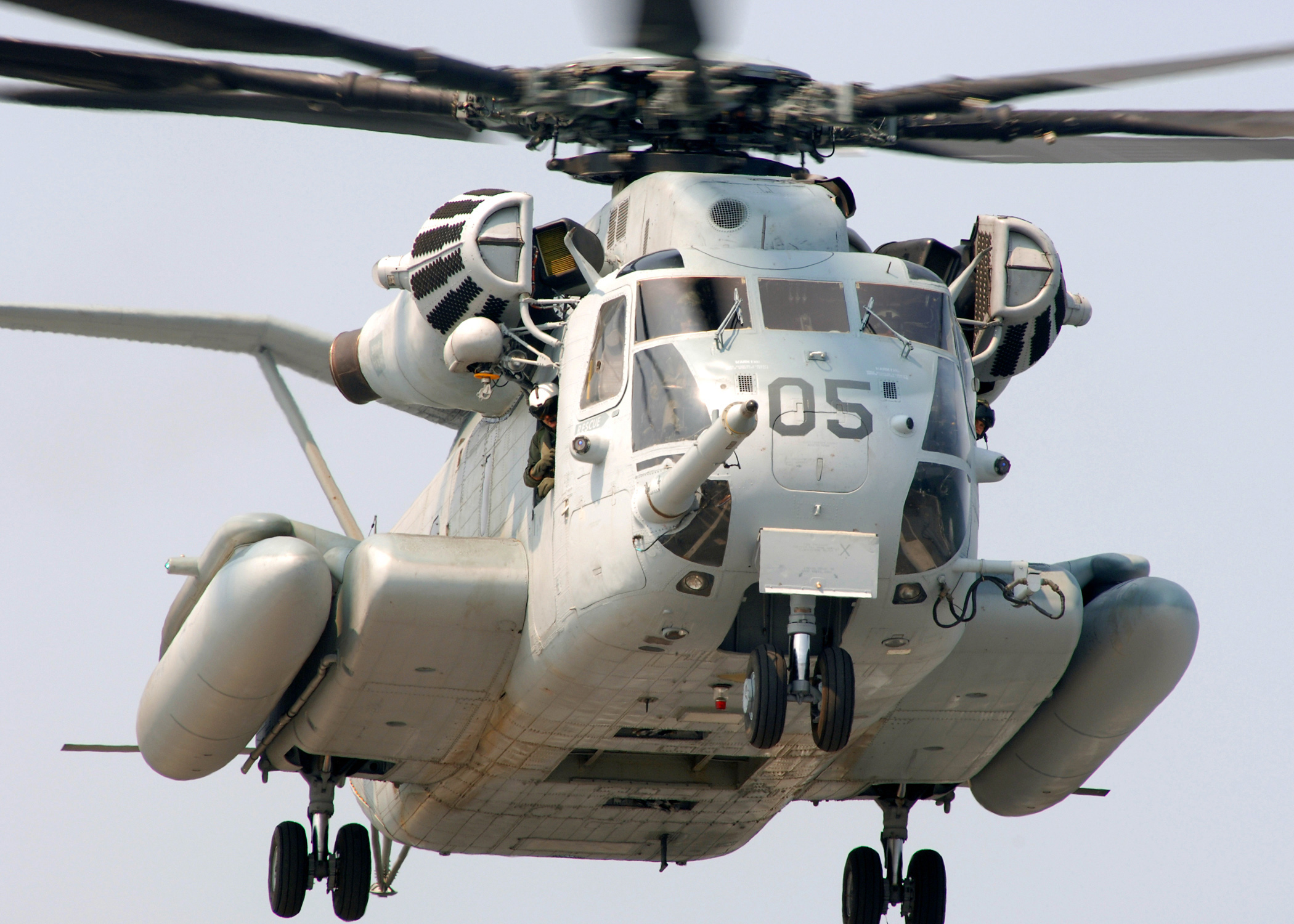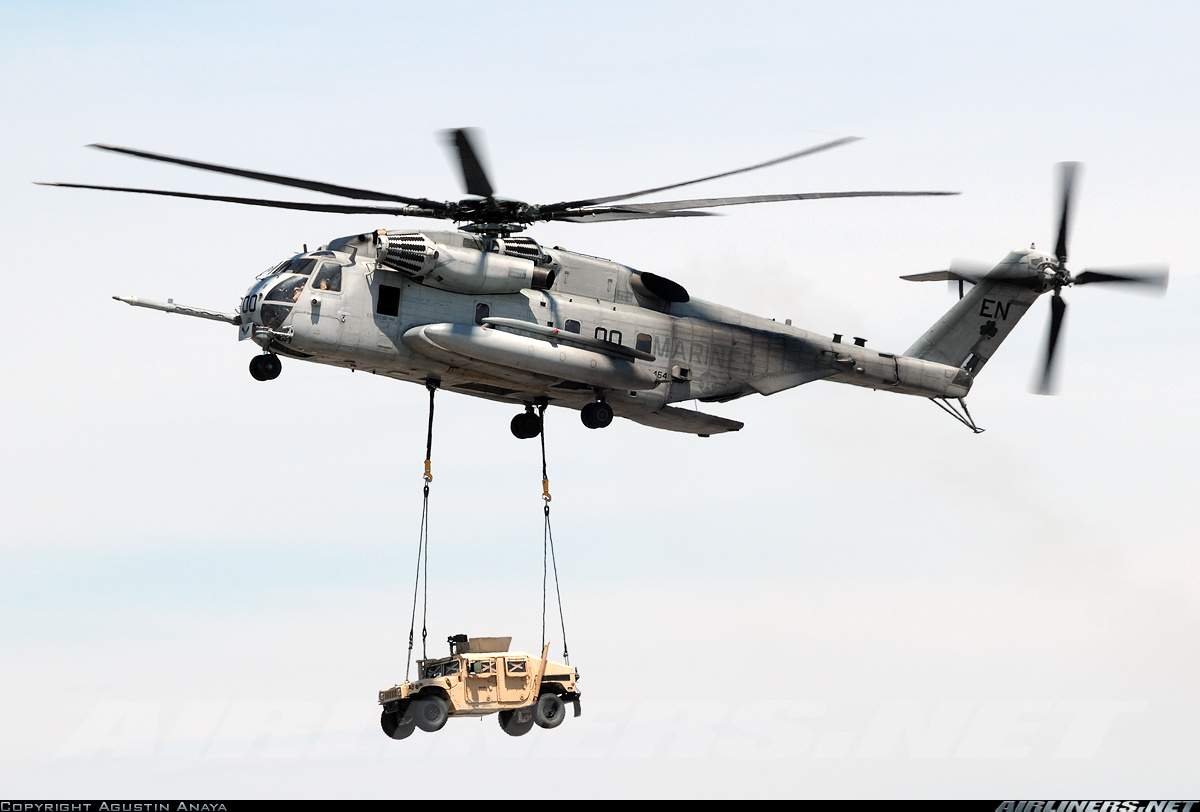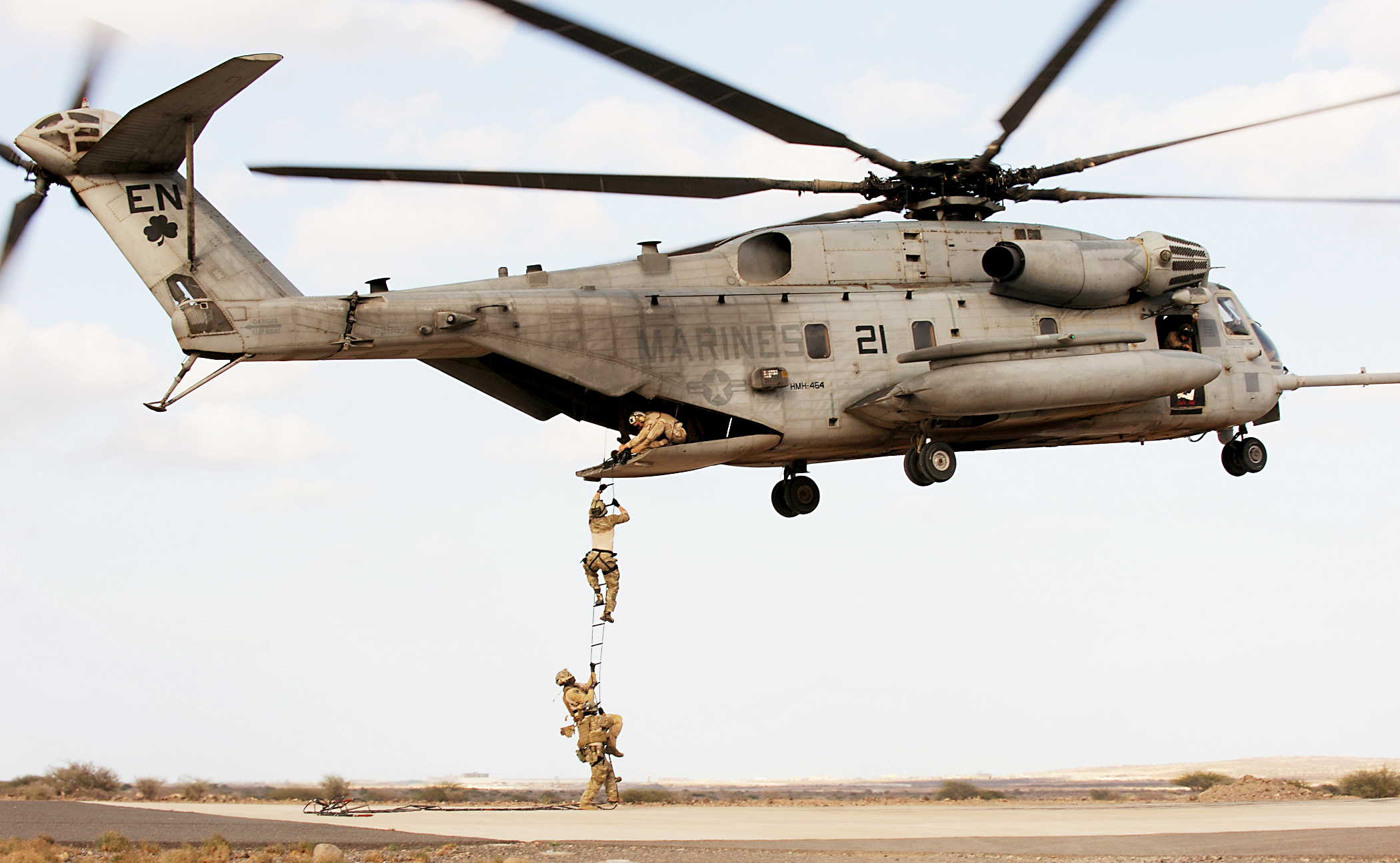Hello everyone and welcome back to the Fluctus channel.
There’s a certain thrill that comes with seeing a massive helicopter hovering above you.
It’s hard not to feel a sense of awe when you witness the sheer size and power of these behemoths in action.
And there’s nothing quite like the CH-53 King Stallion.
Its heavy lift cargo helicopter is the biggest helicopter ever built, thank you.
Its look and its tech are the latest in a long line of heavy lift helicopters developed by Sikorsky Aircraft Corporation, a subsidiary of Lockheed Martin.
The first of these helicopters, the CH-53A, was introduced in the early 1960s and served with distinction during the Vietnam War.
Over the years, Sikorsky has continued to refine and improve the design, resulting in a series of increasingly advanced models, including the CH-53D, CH-53E, and now the CH-53K.
Each iteration has featured significant improvements and capabilities, such as increased lifting power, more extended range, and better mission systems.
The CH-53K builds upon this legacy, incorporating the latest technologies and innovations to provide an even more capable and reliable heavy lift helicopter for the 21st century.
The CH-53K has a maximum gross weight of 88,000 pounds and a length of 99 feet.
It features three powerful engines, a new composite airframe, and state-of-the-art avionic systems which provide enhanced situational awareness for pilots.
It also has a larger payload capacity than any of its predecessors, with the ability to transport up to 36,000 pounds of cargo over a range of 110 nautical miles.
Its size and lifting capabilities make it a critical asset for military operations, including transporting supplies and heavy equipment in support of combat missions.
Okay, and when we say heavy, we mean heavy.
The CH-53K has a cargo capacity referred to as “F-35 lift” due to its ability to carry the weight of an F-35 Lightning II fighter jet.
The King Stallion’s cargo hook system is capable of lifting vehicles, artillery, and even other helicopters.
Some of the capabilities of the King Stallion are so new that even Marines that pilot it are learning on the job.
That was the situation in September of 2021 when Marines used King Stallions to recover a downed Navy MH-60 helicopter in rural California.
It was a complex and challenging lift, but the CH-53K’s advanced capabilities made it well-suited for the task.
After identifying the location of the downed helicopter, the Marines used a cargo hook to secure the chopper for liftoff.
The CH-53K’s powerful engines quickly transported the MH-60 helicopter to a safe location for further assessment and repair.
The major difference between the two is just the mindset.
We are a new-age aircraft, and we don’t have the experienced knowledge that comes with other platforms like the Echo.
The Echo has been in service pretty much forever, so you have all that built-up experience.
Where it comes to the King Stallion, we are now on the front lines.
You know we’re the initial guys.
And so, we don’t have any experience to fall back on.
In a lot of it’s like hit or miss when it comes to stuff like up to 37 men or women can be transported in the internal cargo hold of the CH-53K.
Some of that cargo could include vehicles, artillery, ammunition, medical supplies, and other critical equipment during a relief mission in peacetime or an assault in wartime.
The spacious compartment is located in the center of the helicopter’s fuselage.
It measures roughly 30 feet in length and 9 feet in width.
The cargo hold is equipped with a ramp at the rear which can be lowered for easy loading and unloading of passengers or cargo.
And wartime is when the CH-53K and its abilities would really stand out.
First, in an amphibious assault scenario, the CH-53K can transport three dozen Marines and their equipment from ships offshore to the shore.
Secondly, in an air assault scenario, the CH-53K can transport troops and equipment directly to the battlefield.
The helicopter’s powerful engines and lifting capabilities enable it to transport whatever is needed: heavy weapon systems, ammunition, and more foreign.
The CH-53K can also be used to extract troops and equipment from the battlefield, allowing for a rapid response to changing operational requirements.
And thirdly, in a raid scenario, the CH-53K can transport a team of highly trained Marines, such as Special Operations forces, to the target location quickly and discreetly.
The helicopter allows it to operate stealthily, minimizing the risk of detection and interception.
Of course, these large choppers can’t always evade enemy surveillance.
In a situation where the helicopter is intercepted and shot down by enemy gunfire, its occupants need a quick and easy way to get out.
That’s why the Marines undergo rigorous egress training.
Egress training prepares aircrew and passengers for emergency egress from an aircraft in the event of an emergency.
During these drills, Marines practice with hatches and life rafts.
They may even have to deal with smoke in the cockpit or a simulated crash landing.
This stress test is for their safety, ensuring everyone on board is ready and prepared to respond appropriately in a real emergency.
Egress training can significantly minimize the risk of injury or loss of life.
Another capability of the CH-53K that could minimize loss of life is the chopper’s ability to refuel aerially, transferring fuel from one aircraft to another while they are in flight.
For example, if a Marine or another soldier had an injury and needed to be transported quickly from a battleground to a hospital, the King Stallion would not need to stop and refuel using a drogue and hose system.
The CH-53K can be refueled in flight by a tanker aircraft such as the KC-130J.
The helicopter’s refueling receptacle is located on the top of the aircraft’s fuselage, forward of the tail rotor.
One of the scenarios in which a King Stallion might need to be refueled while in flight is on its way to an aircraft carrier in the middle of an ocean.
Once on deck, any salty ocean spray would be no match for this massive chopper.
A key design feature that makes the CH-53K suitable for maritime missions is its corrosion-resistant airframe.
The helicopter is designed to withstand exposure to saltwater and other corrosive elements commonly encountered in maritime environments, ensuring its longevity and operational readiness.
The CH-53K’s advanced avionics systems and autopilot features also make it well-suited for maritime missions.
These features enable the helicopter to operate effectively in adverse weather conditions and low visibility environments such as those commonly encountered at sea.
If the CH-53K cannot fly itself to a desired location, it can be transported by a jumbo military jet like the C-17.
While the C-17 is a powerful and versatile cargo aircraft, it cannot lift the CH-53K fully assembled due to the chopper’s size and weight.
Remember, the King Stallion is called King for a reason: it’s one of the largest and heaviest helicopters in the world, with a maximum gross weight of over 88,000 pounds.
However, the C-17 is able to transport the CH-53K in a disassembled state.
The King Stallion can be broken down into several main components, including the fuselage, rotor blades, tail boom, and engines.
These parts are then loaded into a C-17 using a combination of cranes, forklifts, and other ground support equipment.
Once the C-17 lands at a new operating base or at any other location, the CH-53K’s parts can be reassembled.
It’s complex and takes specialists and lots of equipment to complete over several days.
That’s why it’s worth noting that transporting the CH-53K in a disassembled state is not ideal, as it can be time-consuming and resource-intensive.
However, it may be necessary for certain situations where ground transportation is not feasible or practical.
It goes without saying that the King Stallion is the heavy-lift helicopter of the future due to its unmatched combination of power, efficiency, and advanced technology.
With a maximum gross weight of over 88,000 pounds, this helicopter is capable of carrying massive payloads over long distances, making it an ideal choice for a wide range of military and commercial applications.
Its cutting-edge design features state-of-the-art avionics, improved fuel efficiency, and advanced mission systems, allowing for greater mission flexibility and situational awareness. It is a clear leader in its class and a vital asset for the future of heavy lift aviation.
That’s the end of this video.
I hope you enjoyed it.
Make sure to subscribe to this channel so you don’t miss any of our new content.
See you next time, folks.












